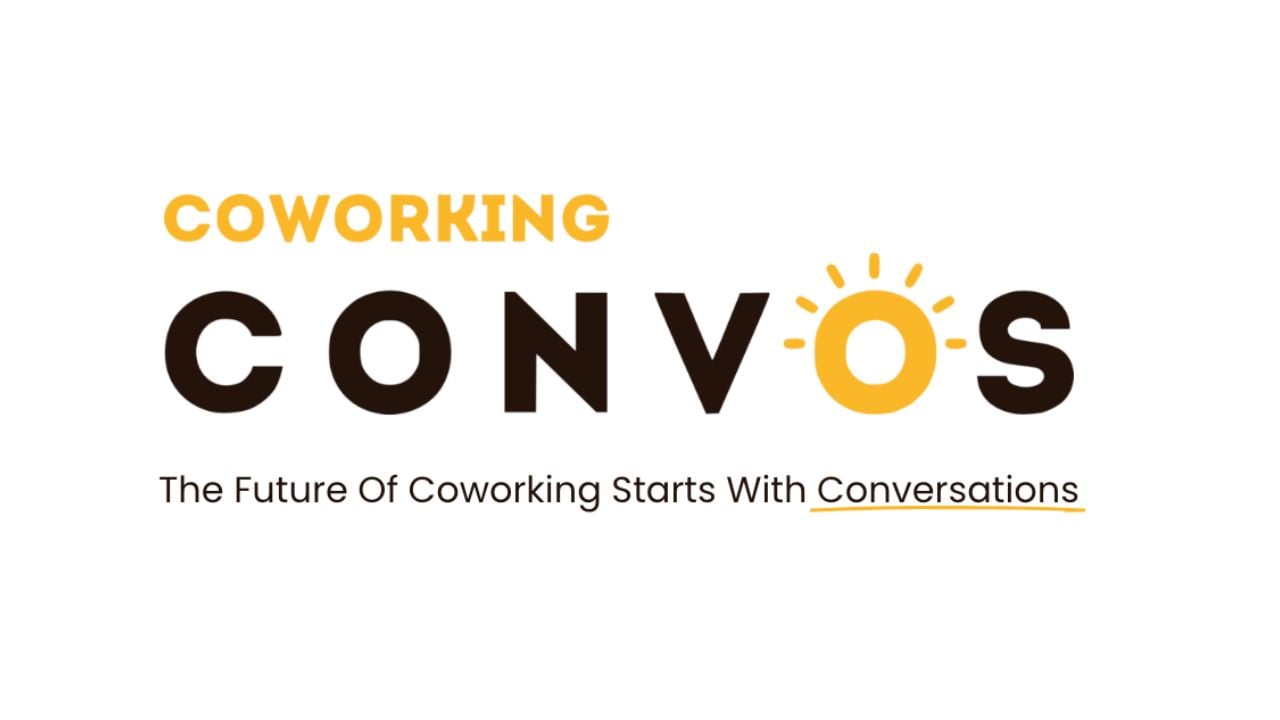- JLL’s Scott Homa and Avison Young’s John Sikaitis explore how data is transforming the real estate industry, and what that means for the future of flex.
- Scott Homa said that prior to the pandemic, the real estate industry’s application of data was “extremely backward-looking.”
- John Sikaitis added that in order to “make data relevant” there are two factors needed: technology and human expertise.
This week, the Global Workspace Association (GWA) hosted the “State Of Flex: A Deep Dive Into The Data” event that delved into how data is transforming the real estate industry, and what that means for the future of flex.
The speakers included Scott Homa, Senior Research Director at JLL, and John Sikaitis, Chief Innovation Officer at Avison Young, both of whom have had experience in the emergence of the flexible office industry and its progression in the last few years.
Historically, the real estate world has lagged in terms of data usage.
While technology firms, social media platforms, and even restaurants have mastered how to properly use data analytics to improve their business, commercial real estate has stumbled in learning how to apply these findings.
However, over the past couple of years, the resurgence of flexible offices has helped trigger a newfound drive across the entire industry.
By learning how to access this information, everyone from modern coworking operators to traditional landlords have new insight into how their space is being used, and more importantly, how it can be improved.
Data Usage Within the Flexible Office Industry
Sikaitis noted that data isn’t a new concept, and in fact holds the power to address gaps in knowledge that the commercial real estate industry has struggled to fill.
However, as data collection consistently ramps up, he notes that this is just the beginning for flexible offices.
“Data is something that is not going to disappear,” said Sikaitis.
Still, he added that in order to “make data relevant” there are two factors needed: technology and human expertise.
The right technology allows operators to comb through the findings and identify strategies that are effective in making real estate decisions.
While these tools undoubtedly have an impact on finding concrete insights, it’s humans that can offer a well-thought-out opinion and expertise into how this data is necessary for current strategies.
“From a perspective of flex, and even real estate, I think there’s a huge opportunity to shift from a complete human-based environment to a quasi-data and human-based one,” said Sikaitis.
Flex space operators have become accustomed to using data to understand how people interact with their space by tracking footfalls, meeting room usage, and more. However, Sikaitis claims that data can also be applied to help with site selection and negotiations.
Homa agreed, stating that how the real estate industry applied data prior to the pandemic was “extremely backward-looking.”
Most real estate companies tracked common data points that would be expected of the industry: absorption rates, vacancies, new leases, and lease renewals.
Homa says that the pandemic helped firms look beyond these factors and focus on “real-time data sources that are more predictive in nature.”
How Operators Can Use Data for The Future
Collecting data is only half of the job.
Knowing how to properly apply these findings can transfigure the flexible office industry in a way that has never been seen before.
The best way to approach this? Looking from the occupier’s point of view.
“No occupier wakes up in the morning and says, ‘My top priority is to find real estate,’” said Sikaitis.
Although offering a product is often viewed as the quickest way to attract new prospects, Sikaitis notes that the most important strategy a real estate company can take is identifying demand.
For example, if a flexible office firm is expanding their footprint in Boston, does that mean that all operators should flock to the area? Does the demand require it? The answer is likely no; the region has been satisfied and it’s time to look elsewhere.
Data can help with this. But rather than using these findings reactively, Sikaitis says data is meant to be proactive.
Homa adds that JLL’s research shows that there is a clear dispersion pattern, supporting the need for the “hub-and-spoke model.”
“The new era that we’re living in right now is ‘gather and scatter’, meaning that, it’s okay to be within a short plane ride if you’re getting together for those team meetings,” said Homa.
He adds that while some industries do require full-time in-office attendance, the last few years have proven that several other businesses can adequately perform their work with their laptop and reliable Wi-Fi.
Because of this, metro areas, and secondary and tertiary cities are seeing a spike in flexible office demand, or a “work-near-home” option.
However, professionals don’t want to be tied down to even a short-term lease. This has led to the growth of more on-demand products, such as WeWork’s All Access pass, which is a monthly membership that gives workers daily booking options on a much more flexible basis than their standard membership.
Traditional Landlords Should Take Note
Traditional office buildings have a long way to go. Marble lobbies and fishbowl meeting rooms aren’t what the workforce wants, according to Sikaitis.
Amenities means addressing the needs of a specific region. For example, Washington D.C. is largely a government and nonprofit market, not an enterprise hub. Landlords need to take these insights into consideration when looking to incorporate flexibility within their buildings.
Homa notes that landlords have already begun to reconfigure their space, pivoting away from the design and layout that have been normalized in their buildings.
Some have begun offering a variety of workspaces, such as collaboration rooms and private offices, as well as replacing pantries with full kitchens.
In short, landlords are slowly understanding what the flexible perspective is, and with that are willing to make the changes in order to keep up with market demand. However, in order to effectively instill these new environments, data will be a necessity for a sustainable and agile future.
“One piece of data is just an opinion,” said Sikaitis. “Layering data brings confidence and certainty.”

 Dr. Gleb Tsipursky – The Office Whisperer
Dr. Gleb Tsipursky – The Office Whisperer Cat Johnson – Coworking Marketing Maven
Cat Johnson – Coworking Marketing Maven Angela Howard – Culture Expert
Angela Howard – Culture Expert Drew Jones – Design & Innovation
Drew Jones – Design & Innovation Andrea Pirrotti-Dranchak – Competitive Advantage
Andrea Pirrotti-Dranchak – Competitive Advantage Jonathan Price – CRE & Flex Expert
Jonathan Price – CRE & Flex Expert Jeremy Fennema – Tech Innovation Alchemist
Jeremy Fennema – Tech Innovation Alchemist












